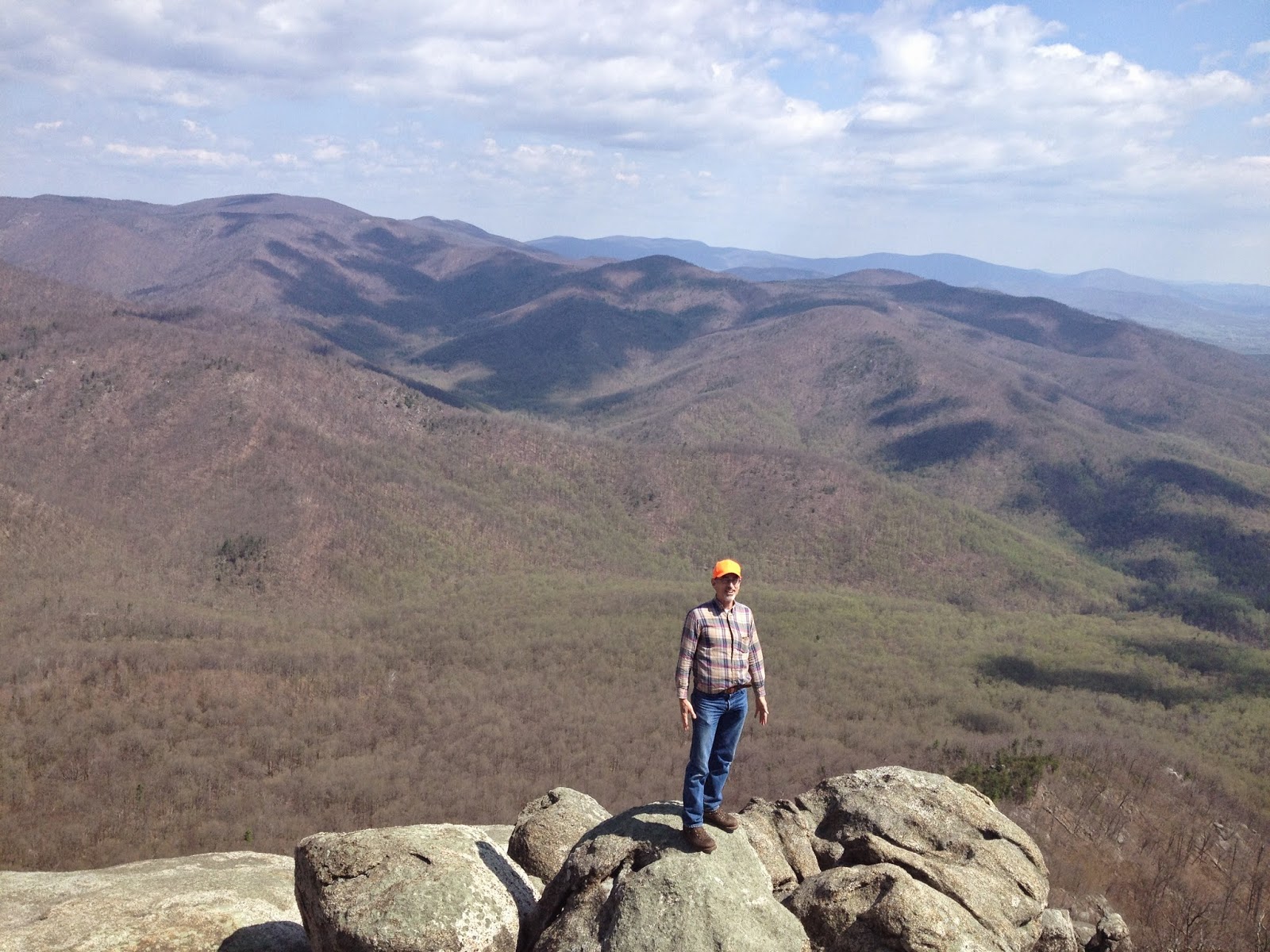 |
The Old Rag Mountain summit in the
Shenandoah National Park, Virginia |
As habitat declines in the United States and there's increased stress on remaining natural resources, natural resource managers have more and more important jobs to do. The resource's
declining health, brought about by increased stress of cultivation, unsustainable timber harvest, and fragmentation, among other things, makes protection and conservation more important than ever. According to the
Congressional Research Service (CRS), National Forests cover around 190 million acres of the United States, along with National Parks covering 84 million acres, Bureau of Land Management's 260 million acres, Fish and Wildlife Service's 300 million acres, and Department of Defense's 20 million acres. Proponents of selling off some of the public trust lands and divesting of natural areas say that it would help to balance the budget. The CRS reports that the estimated value of these lands owned by the Federal government are worth around $400 billion. These lands are national treasures, and we must treat them as such. The United States is one of the few countries with such a proactive approach to land conservation. Spurred by some of the great
American conservationists, the initiative to protect Public land started at the outset of the 20th century when National Parks, National Wildlife Refuges, and National Forest lands were first set aside.
 |
The valley between ridges of the Alleghany Plateau in the National Forest of
Highland County, Virginia |
Many more lands were set aside or acquired in States, many times with the assistance of
Federal funds. Parks and forests and refuges, as well as the other lands held by the government have their functions, the purposes for which they were retained or acquired, but all of those lands have to be managed appropriately, and that's the problem. The workforce of qualified individuals who can take care of these lands are decreasing. As we encourage a workforce toward skills such as computer programming and administration, we are getting away from a workforce of competent people who can responsible manage that which we have to protect. This means several things.
(1) Those individuals in charge of managing and protecting the resource take on more and more responsibility and have less and less of a collective voice in government priorities.
(2) Special interests have greater leverage to exploit Federal natural resources through mineral and timber development, due to less cohesive opposition from knowledgeable people.
(3) Resources suffer from overuse or under management, and the public has less exposure, and less buy-in to protect.
 |
One of the breathtaking panoramas at
Big Sur State Park near Los Nobos National Forest, California |
We have to work harder to keep the conservation movement alive and make it relevant for today's generation. It's more important that ever that we value what we have, because there's less and less of it. The population continues to increase, but
National Park visitation, as well as
hunter participation continues a precipitous decline. How can we get people to value the real world as much as the virtual? How can we invigorate more students to study forests and rivers? We have to find answers, because, at the end of the day, when the T.V. is off, the computer screen dims, and lights go out, we need clean air, and a fresh drink of water.





Comments
Post a Comment